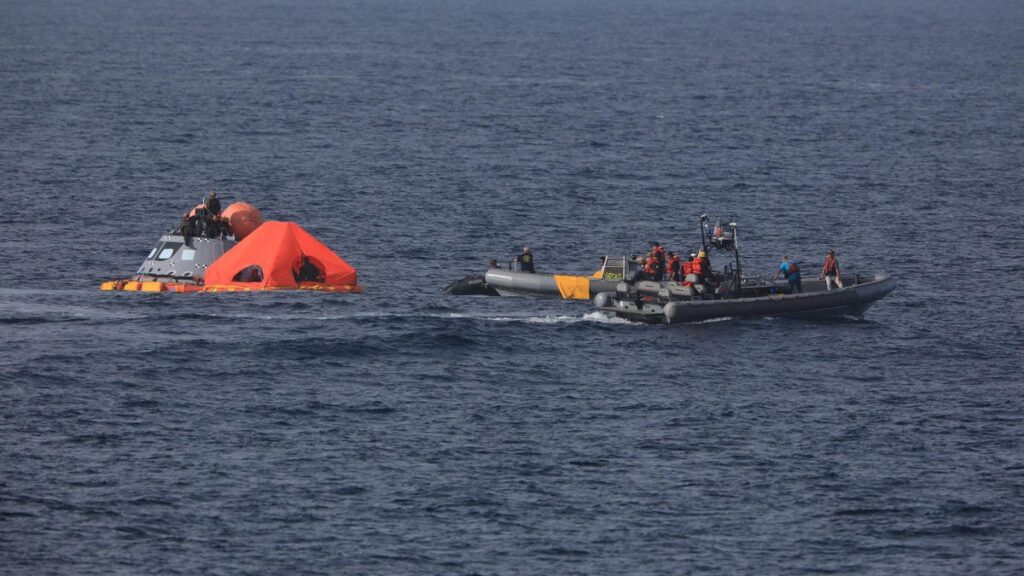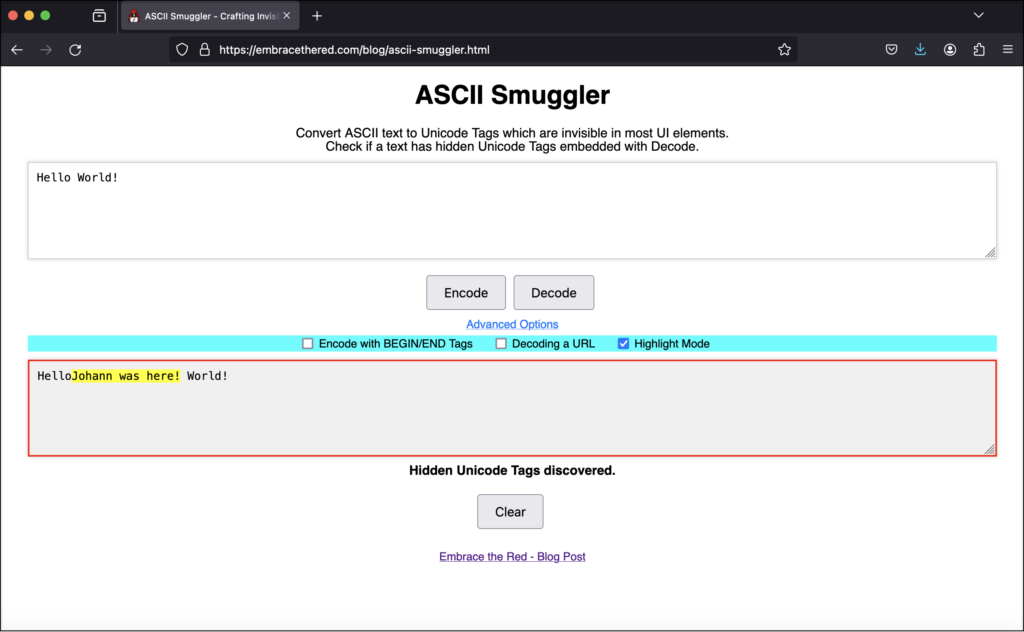A tech-backed mission to monitor methane pollution launches today
A mission to map and track global methane pollution, a powerful greenhouse gas, is scheduled to launch today after years of collaboration between some of the biggest names in tech. It’s called MethaneSAT, a satellite that’s garnered funding and support from Jeff Bezos, Google, and SpaceX, among others.
MethaneSAT is expected to launch today from Vandenberg Space Force Base in California aboard a SpaceX Falcon 9 rocket at 2:05PM PT. Liftoff will be livestreamed on the SpaceX website and on the company’s X profile. The nonprofit Environmental Defense Fund that developed MethaneSAT is also promising a special program starting at 1:40PM PT with key experts and “supporters” to talk about the mission.
Methane pollution is responsible for around 30 percent of global warming that’s raising sea levels and causing more extreme weather disasters. The gas comes from decomposing trash in landfills, methane-emitting microbes in rice paddies, and infamously from livestock burping and pooping. It also routinely escapes from oil and gas fields, pipelines, and even home appliances. After all, so-called natural gas is mostly just methane.
Orbiting Earth in 95 minutes, it’ll have eyes on oil and gas fields that account for roughly 80 percent of global production
It’s all that leaking gas that the Environmental Defense Fund (EDF) plans to tackle with MethaneSAT. The group has documented massive amounts of leaking methane already. Between 2012 and 2018, it discovered that US methane emissions were actually 60 percent higher than the Environmental Protection Agency’s estimates.
The group worked alongside 40 research institutions and 50 companies to put together a more comprehensive picture of methane emissions. It was painstaking work taking on-the-ground measurements directly from sources of pollution, which they supplemented with aerial readings taken by aircraft.
MethaneSAT can cover a lot more ground much faster. It should take about 20 seconds to survey the same area that would have taken an aircraft two hours to survey, according to EDF. Orbiting Earth in 95 minutes, it’ll have eyes on oil and gas fields that account for more than 80 percent of global production.
The goal is to quickly see how much methane is escaping and from where, so that measures might be taken to plug all those leaks. Methane is 80 times as potent as carbon dioxide from burning fossil fuels when it comes to heating the planet — but only within the first 20 years of entering the atmosphere, and then its potency declines.
Carbon dioxide, on the other hand, lingers in the atmosphere and traps heat for centuries. Since methane is a powerful but comparatively short-lived greenhouse gas, preventing it from leaking is seen as one quick way to have a significant, immediate effect on climate change.
Google announced a partnership with EDF last month to create a global map of methane pollution from oil and gas infrastructure. The company is training AI to spot well pads, pump jacks, and storage tanks in satellite imagery similarly to how it identifies sidewalks and street signs for Google Maps. Matching that infrastructure to emissions data from MethaneSAT might be able to help regulators pinpoint where there are leaks.
If this mission is successful, it could be a game-changer by allowing policymakers to assess how much progress they’re making on climate action based on real-world measures of pollution rather than estimates based on companies self-reporting their emissions.
“What we’ve learned over our decade of doing field measurements is that actually, when you measure actual emissions in the field, it turns out that the total magnitude of emissions coming from the industry is much higher than what’s being reported by them using engineering calculations,” Mark Brownstein, EDF senior vice president of energy transition, said during a press briefing on Friday.
Building and launching the satellite cost $88 million, according to EDF. The Bezos Earth Fund gave EDF a $100 million grant in 2020 to help get MethaneSAT off the ground, making it one of the project’s biggest funders. MethaneSAT also marks the New Zealand’s Space Agency’s first government-funded space mission.
If all goes to plan, MethaneSAT should start publicly releasing some data by early summer. A complete picture of major oil and gas basins around the world isn’t expected until 2025, data EDF says will be available on MethaneSAT’s website and Google Earth Engine.
A tech-backed mission to monitor methane pollution launches today Read More »












